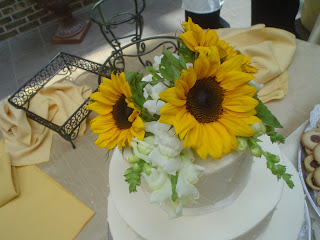
Canning and Freezing
As I touched on in the last farm update, I do a lot of canning and preserving food. It takes a lot of hard work and is definitely a hot, sweaty process, but it is worth it in the middle of winter when you are eating things that you know came from your garden. Yes, buying canned goods is easier, but you can’t buy this taste in the store!
With the help of Craigslist this year too, I have built up a nice collection of canning jars with ones ranging from half pints to half gallons. And, I’m not done collecting yet, so if you see any at garage sales, think of me! I have also added a couple crocks to my collection in hopes to make some good fermented sauerkraut, then maybe eventually more fermented vegetables.
There are lots of good books out there with recipes, but jam or pickles I think are a good start. Just don’t use the sugar free pectin mix that is sometimes sold because the recipes do not set up into spreadable jam. You need the sugar in the recipe to help hold everything together no matter how fresh your fruit is. They try to convince you that the fruit has enough natural sugar in it, or that you can add artificial sweeteners, but neither have I found to be actually true.
I have included the recipe for bread and butter pickles, which is a good recipe to start with. There are enough acids and sugars involved, that you don’t even have to put them into a hot water bath. You will, however, need sterilized jars which can be done by placing jars into a 200 degree oven for an hour. This I usually just do before you start cooking the pickles, then they can just sit in there until you are ready for them.
If you are reusing jars, remember that you can’t reuse the lids. You can buy new lids at the store for like $2.00 a package. When you are getting ready to use them, heat some water either by boiling some on the stove, or microwaving until almost too hot to the touch. Then place the lids in the hot water and let them sit while packing the jars. You just need to heat up that rubber ring around the edge of the lid to ensure better sealing.
And, if you don’t have jars to use, even new at the grocery store, they are worth the investment. They are good to reuse for leftovers, or even as drinking glasses. I know my house is small enough I love anything that has a double use.
What’s included this week?
1. Cucumbers
2. Green peppers
3. Onions
4. Sweet Corn- if you feel like you are getting more than you can eat, just scald in boiling water for 4 ½ minutes then place in an ice bath. Then you can scrape the kernels off the cob and put in the freezer for the winter. It is very easy and totally worth it.
5. Potatoes
Recipe of the Week
Bread and Butter Pickles
(a multigenerational recipe)
2 quarts sliced cucumbers
1-2 large green peppers
3 large onions
¼ cup coarse salt
Slice the veggies thinly by hand or use a mandolin if available. Put all veggies in a large pan and mix well. Add 2 trays of ice and let stand for 3 hours. Drain. I usually start the next step before the 3 hours is up, then you can drain and get the cukes ready while the mixture below is coming to a boil. Just before you start the next step, put your jars either in the oven or in a hot water bath.
2 ½ cups sugar
1 ½ cups vinegar
1 teaspoon celery seed
1 Tablespoon mustard seed
1 teaspoon turmeric
Mix and bring to a boil, then add drained cucumbers and bring to a 2nd boil. You will see the transformation from cukes to pickles as the mixture turns green. While you are waiting for the second boil, prepare the lids as described before. Pack the finished pickles into the jars and make sure they are covered with the juice. You will want to leave 1 inch of space at the top, so don’t overpack. Put lid and ring on them and you are done! You will hear a pop when they seal as they cool down. Unlike dill pickles, you can eat these immediately or store them on the shelf. This recipe yields 4 pints or 2 quarts so can be doubled once you are comfortable with it and want to can more. One batch doesn’t last long in my house. And you can gift it too!
Thank you for your support,
Gretel and Steve











